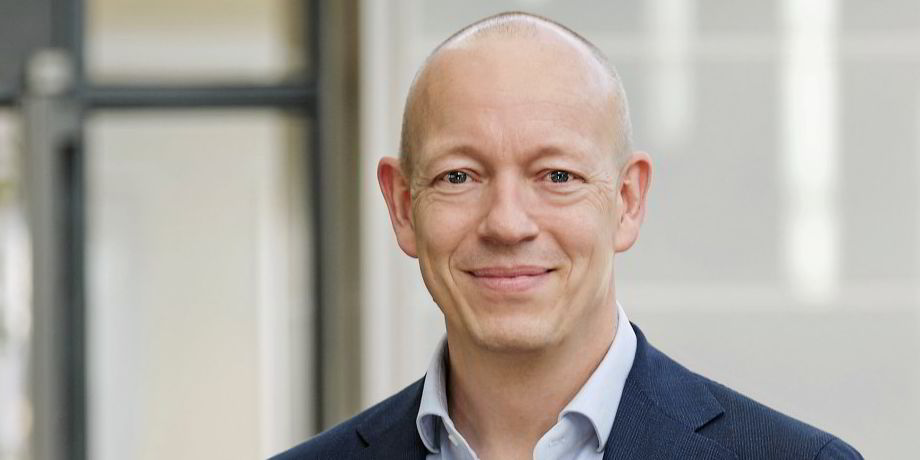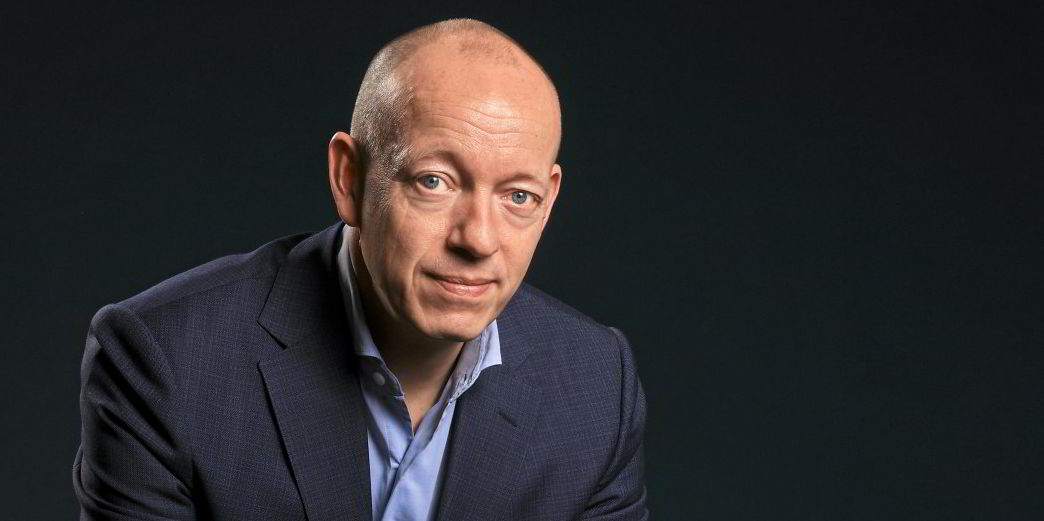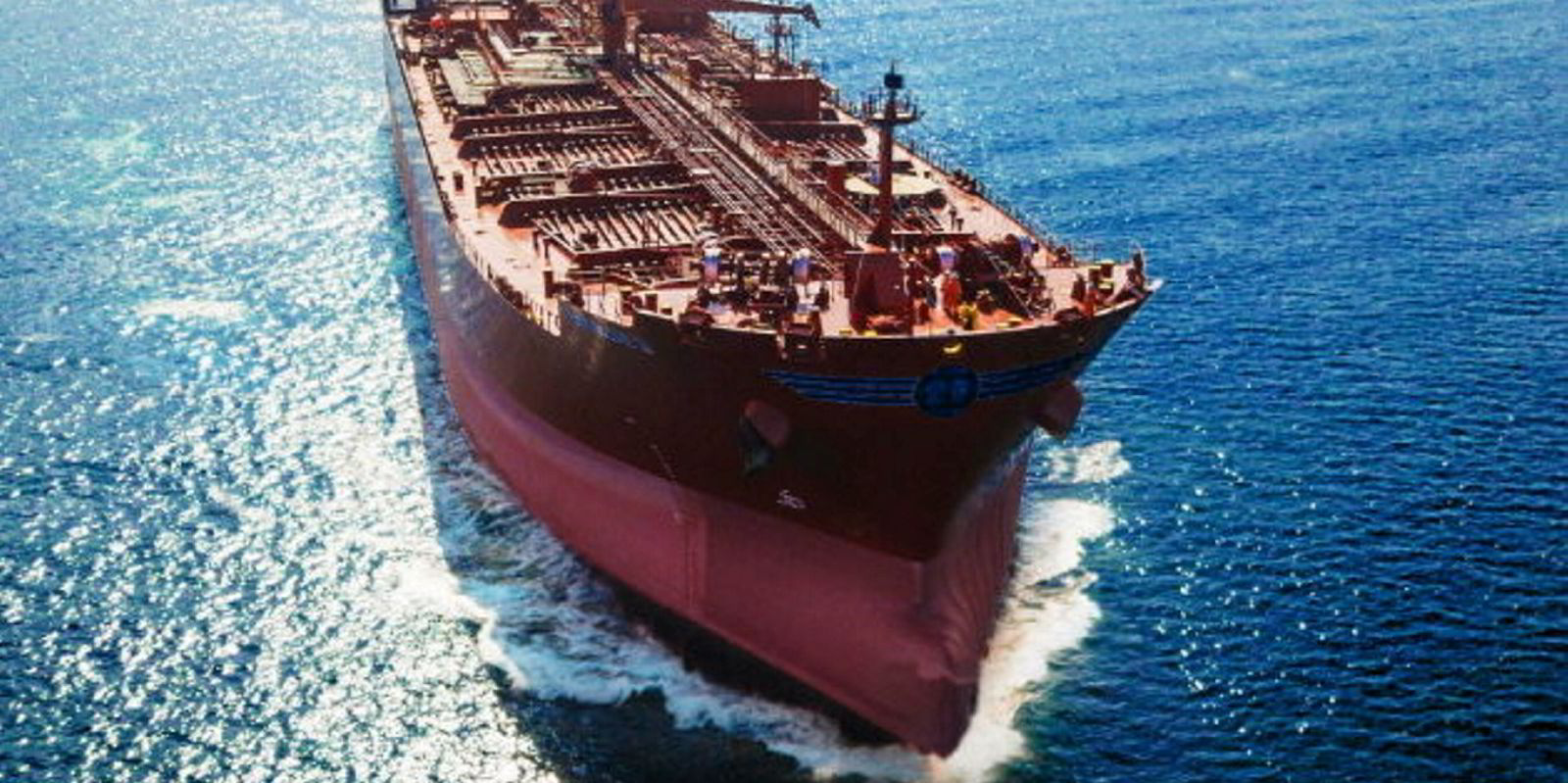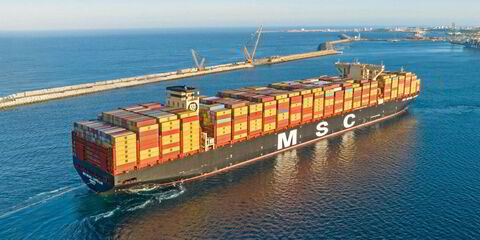It was an ironic first quarter for Norden — weak operating margins for bulkers came on the back of a positive picture for dry cargo markets more widely.
But then again, irony is inherent in trading, a business in which making money comes with the inevitability that you will lose some.
This is something that Norden understands, having spent several years tweaking its organisation to become more of a trader than a classic shipowner or operator, the focal point of which has been its “asset-light” Freight Services & Trading (FST) division.
“Last year, we were anticipating a weaker start to 2024 and then the quarter turned out to be much stronger because of a combination of Panama Canal and Red Sea [disruption], and then also actually a much stronger global economy than was anticipated,” chief executive Jan Rindbo told TradeWinds shortly after announcing the quarterly results.
“We had around 4% growth just in dry cargo volumes, so that was also a surprise. You can say in the short term that created some headwinds in FST.
“But longer term, we positioned ourselves for a stronger dry cargo market. It just came earlier than we had anticipated.”
This meant it quickly became more costly for the company to charter in extra tonnage, leading to a $27m loss for FST in the first three months of the year.
This loss was offset by profit generated by Norden’s shipowning division, assets & logistics, resulting in a $62m overall net result for the quarter. About $55m was generated through vessel sales.
Norden lost $630 per vessel day on its 467-vessel operated fleet during the period.
Rindbo said it is not unusual for FST to make a negative daily margin on operated vessels — it has happened a few times over the past few years.
Norden booked a first-quarter net profit of $62m, down from $150m in the same period in 2023.
The Freight Services & Trading business unit, which handles Norden’s operated fleet, contributed a $27m loss to the overall result. This came on the back of negative operating margins for bulk carriers, which make up the majority of the operated fleet. Tankers were “positive”.
This loss was offset by $89m of profit generated by Norden’s Assets & Logistics unit, which looks after its owned vessels. Gains from vessel sales totalled $55m.
The company also spent the first quarter building up its capesize fleet, ordering four 180,000-dwt newbuildings and buying two modern newcastlemaxes in the secondhand market. Its owned and leased capesize fleet stands at 11 vessels.
“The important thing to remember here is that it’s still a volatile business that we’re in,” Rindbo said.
“And that means you’re not generating the same return, same margin, quarter after quarter. There are fairly big fluctuations, it is still a trading business. But over the long run, over any longer period, of course, we expect to generate positive margins.
“We have generated over $1,000 a day over the last five years and we have set a target that in any rolling five-year period, we will generate a minimum of $500 a day in positive margin in this part of the business.”
Norden has increased its exposure to dry cargo, especially in the second half of this year, and is already benefiting from better markets, Rindbo said.
Meanwhile, product tankers have been a bright spot and Rindbo expects the strength to continue.
“You have longer routes from sanctions; you have a low number of newbuilding deliveries, so the supply and demand looks pretty good,” he said.
“The big issue here is: how long will tanker owners avoid the Red Sea? Because that is driving the extra-strong rates seen in the first quarter.
“I think that is anybody’s guess on how long that will take — my guess is that it will probably take a bit longer to restore that confidence.”
Meanwhile, Norden has doubled down on returning cash to investors. It distributed another $30m (DKK 2 per share) in dividends during the first quarter and has a $21m share buyback programme ongoing until July. It spent $437m on dividends and share buybacks last year.
“I think, for investors, this is a fantastic business over time because [it takes] next to nothing in investment, it requires very little capital, and it’s a business that has generated great returns over time,” Rindbo said.
“That is, of course, a focus. We will continue to do that in the future.”
Rindbo highlighted that the company has generated a 26% return on invested capital over the past 12 months and has provided the best returns for investors compared to its peers.
“But it will take a longer period where you can see that development and I think our asset-light business here is an important part of driving those returns,” he added.
Norden’s ambition is to position itself to make money in any market and, thanks to the combination of its product tanker fleet and bulk carriers of all sizes, it has been able to do so.
The company has succeeded in generating blockbuster results over the past few years, booking its best-ever annual result in 2022.
Investors responded, sending Norden’s Copenhagen-listed shares soaring to DKK 516.5 ($74.28) in early March last year. This has since tempered to DKK 288.6, but the stock remains elevated compared with its historic performance.





